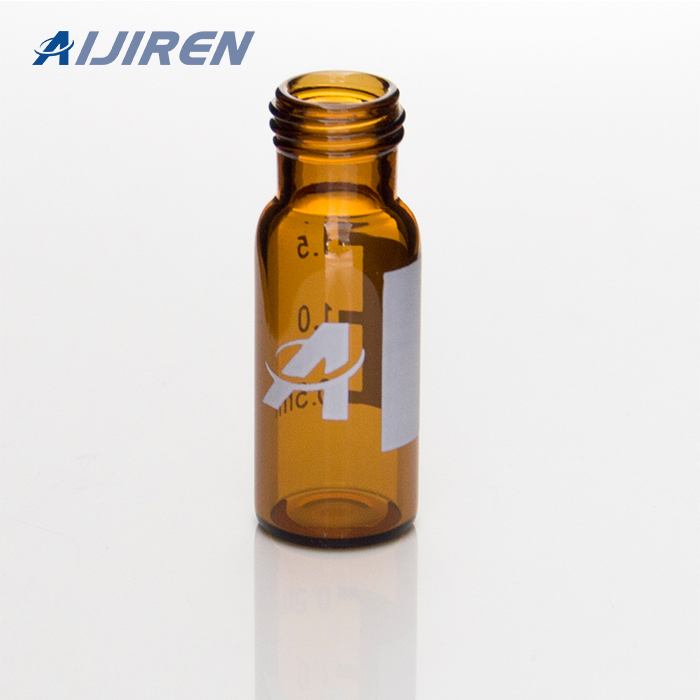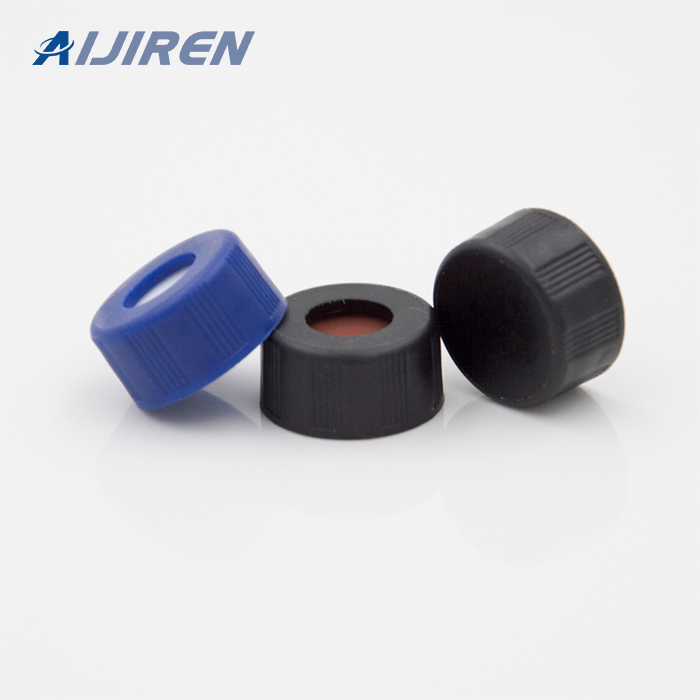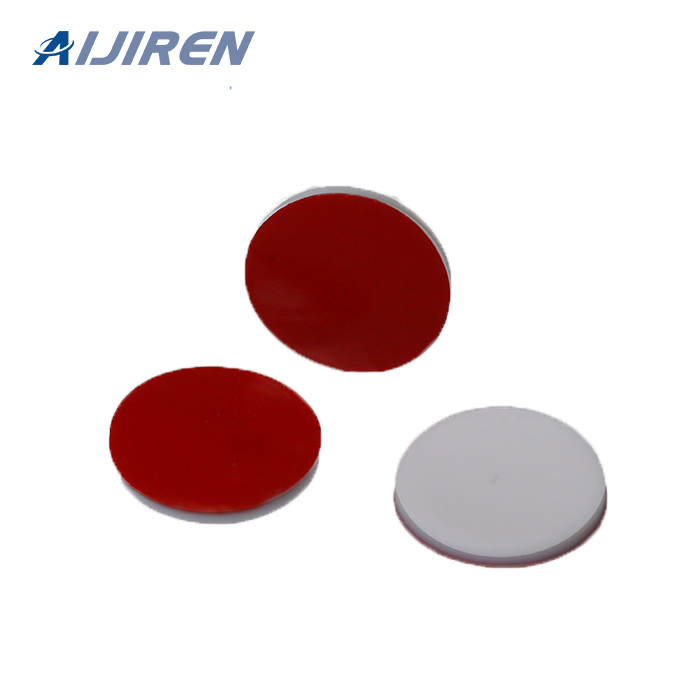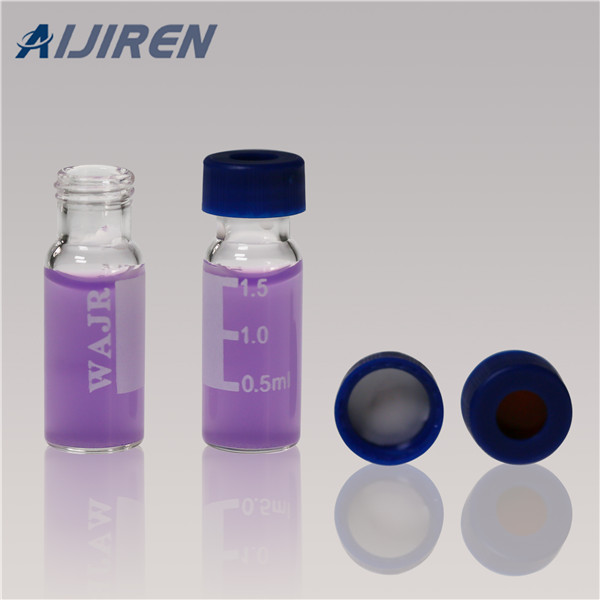



Vials are available in all capacities, materials like plastic vials or glass vials, and in a variety of colors to meet any collection, storage, or analysis need. Tailor vessels for specific media with various translucent manufacturing and different sterility options for precise test results.
Description: These large-opening vials feature a sealed-in, limited-volume insert which allows more consisent sample recovery from vial to vial and reduces the pos ,14213-962CS,89232-090CS,16150-410CS,14213-922CS,14213-946CS,89232-086CS,14213-950CS
Tubular design provides excellent clarity and dimensional consistency from vial to vialClear or amber serum vials to store and transport samples safely. Autoclavable alternatives endure lyophilization or sterilization process stress at extreme temperatures. Uniformly manufactured either of borosilicate glass or light-weight and durable PETG, the crimp-top, tubular designed containers may be
Description: Standard opening screw-thread vials are manufactured from borosilicate glass and have a maximum fill volume of 1.8 mL. Certificates ,66020-950PK,66020-950CS,66009-878PK,66009-878CS,66009-874CS,82028-422CS,82028-420CS,46610-736CS,46610-736PK,66009-882CS
General-purpose sample vials are used for collection, storage, and transportation procedures. With a range of the material manufacturing and capacity options, users may tailor based on content and process requirements. Nonsterile or sterile vials are available in amber, white, or clear transparencies for effortless viewing.
These PP cryogenic vials with PP cap protect valuable cells, biological solutions, and aqueous solutions in ultra-low temperature storage.Sterile cryogenic vials are designed for storing biological material in extreme temperatures. The thermal resistant tools come in a wide range of volumes with convenient graduation marks and labeling areas for easy testing. In addition to conical and round
Clear vials made from low extractable borosilicate glass, amber vials made from borosilicate glass.Vials are available in all capacities, materials like plastic vials or glass vials, and in a variety of colors to meet any collection, storage, or analysis need. Tailor vessels for specific media with various translucent manufacturing and different sterility options for precise test results
This banner text can have markup.. web; books; video; audio; software; images; Toggle navigation
Brewing_and_Craft_Beer (1) - Read online for free.
If you’re creating new molecules in your pharmaceutical or chemical research or university laboratory, VWR offers an extensive range of products to help you with your discoveries. Check out the new Sartorius Balance Entris® II with great chemical resistance
2. Spin 1.5 ml for 2 min in microcentrifuge. 3. Resuspend in 567 µl TE buffer, 3 µl of 10% SDS, 3 µl of 20 mg/ml proteinase K. Mix and incubate 1 hr at 37°C. 4. Add 100 µl of 5 M NaCl. Mix thoroughly. 5. Add 80 µl of CTAB/NaCl solution. Mix. Incubate 10 min at 65°C. 6. Extract with an equal volume of chloroform/isoamyl alcohol.
> > > > > > > > > > > > > > > > > > > > > > > > > > > > > > > > > > > > > > > > > > > > > > > > > > > > > > > > > > > > > > > > > > > > > > > > > > > > > > > > > > > > > > > > > >
This banner text can have markup.. web; books; video; audio; software; images; Toggle navigation
For permanent storage, bacteria harboring the plasmid should be grown to saturation in the presence of the appropriate selective agent. An equal volume (∼1 to 2 ml) of bacteria should be added to sterile 100% glycerol or a DMSO-based solution (recipe in UNIT 1.3) and frozen at −70°C in sterile vials.
Industrial & lab equipment Medical equipment Office Old Pet care Sports & recreation Vehicles & accessories Writing instruments other → ...